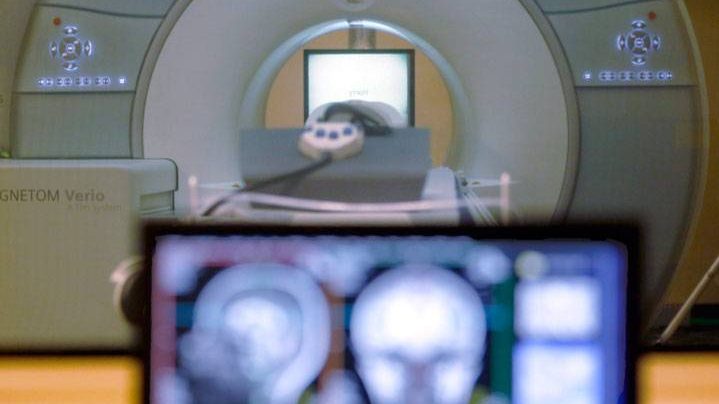A new study from Lawson Health about post-traumatic stress disorder (PTSD) is looking at a more personalized approach to treating patients with the condition.

The study, done in collaboration between Lawson Health Research Institute and Western University’s Schulich School of Medicine & Dentistry, involves scientists looking at a form of treatment called deep brain reorienting (DBR) for PTSD sufferers.
According to their research, around 10 per cent of Canadians suffer from PTSD.
“In our study, we are looking at ways of trauma processing at the foundation of the stress response,” said Dr. Ruth Lanius, Associate Scientist at Lawson and Professor at Western’s Schulich School of Medicine & Dentistry.
“When you are faced with a stressor the first thing you do is turn your attention to it, and when you do that you engage your head and neck muscles.”
DBR is a type of treatment that focuses on the muscles of the shoulders, neck, head and face of patients when recalling a traumatic event.
Researchers say this form of treatment starts at the moment the stressor is noticed by the individual, which is often quickly followed by a moment of shock. By doing this doctors can target the foundation of where the stress response begins.
“When patients bring up a trigger in their mind, we look at what happens in terms of the tension in their head and neck. We process that gently by asking the patient to notice and stay with that tension without trying to release it, and over time the tension usually decreases,” said Dr. Lanius, who is also a psychiatrist at London Health Sciences Centre.
Dr. Lanius said that treating patients with DBR and focusing on muscle and visceral responses, will help patients process the visceral feelings associated with the trauma and its triggers.
“After this form of treatment, patients often say they feel safer and don’t see themselves negatively, like they did in the past,” says Dr. Lanius. “We change those intense visceral feelings and it allows the person to reevaluate who they are and how they interact with the world.”
The research team is hoping to recruit approximately 60 people to take part in the DBR study, all to go through a psychological interview and an MRI.








Comments